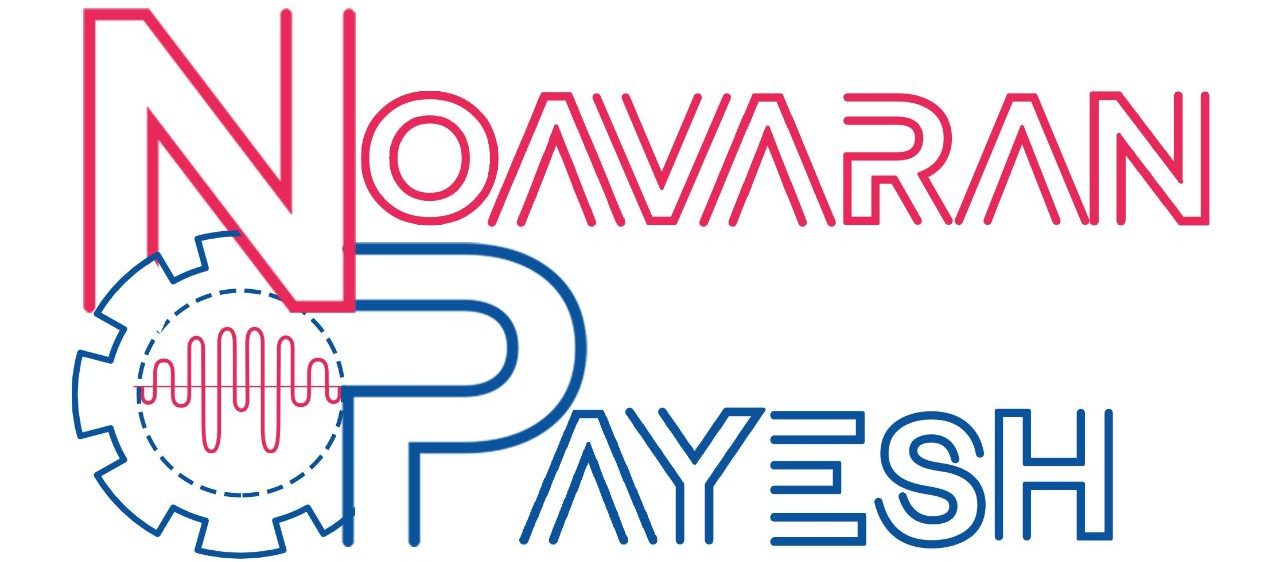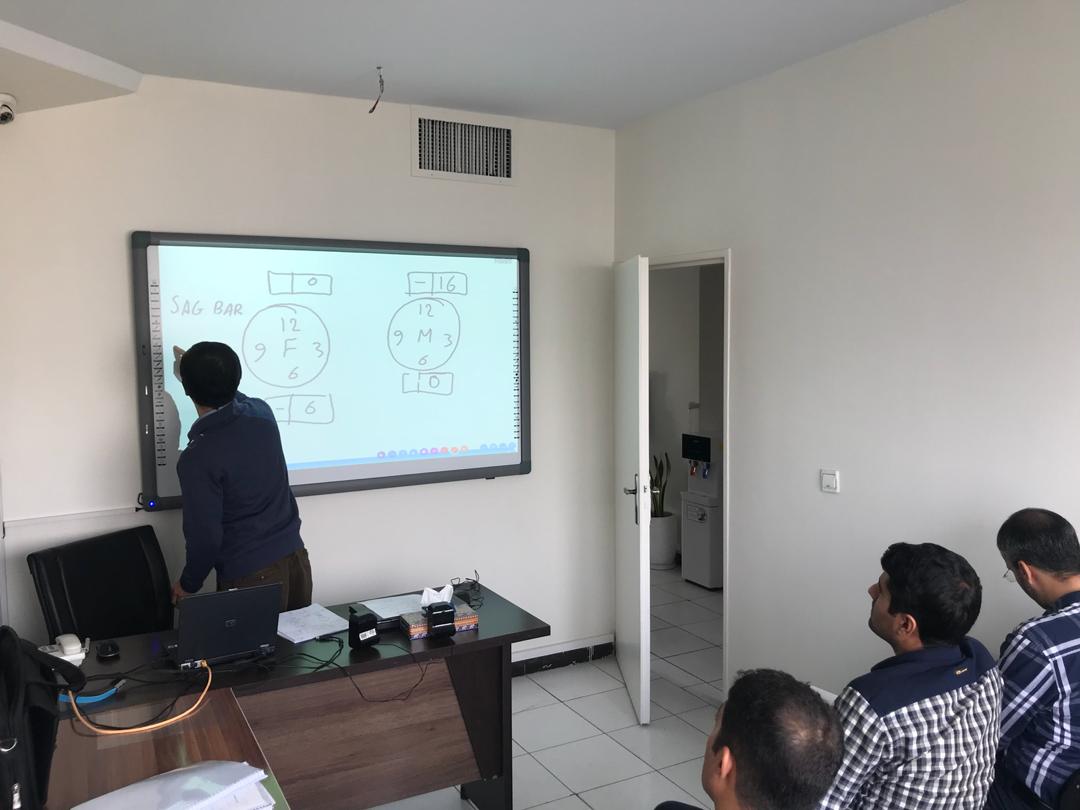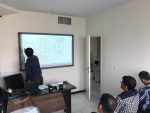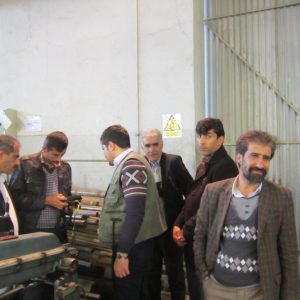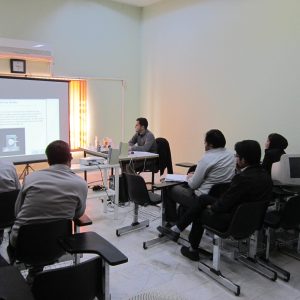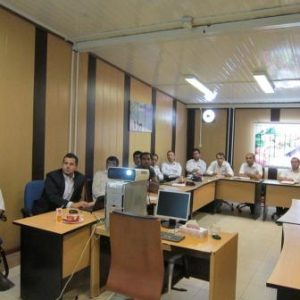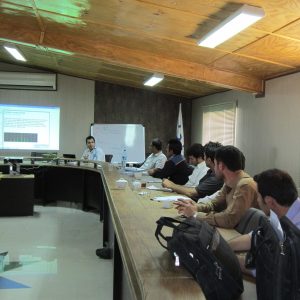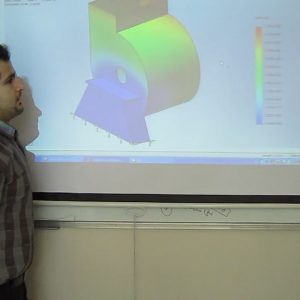واحد آموزش شرکت نوآوران پایش در دفتر جداگانه فعال بوده و آماده برگزاری دوره در محل شرکت و محل کارفرما می باشد. لازم به ذکر است این شرکت دارای مجوز دانش بنیان ، مجوز آموزش ملی نفت بوده و تاکنون بیش از ۲۵۰۰ نفر از صنایع نفت گاز پالایش و پتروشیمی را آموزش و دارای بیش از ۵۰ گواهی حسن انجام کار می باشد.
لازم به ذکر است امکان برگزاری کارگاههای آموزشی شرکت Mobius در ترکیه نیز وجود دارد.
سیلابس کارگاه آموزشی الاینمنت به شرح ذیل می باشد:
Introduction to Shaft Alignment
|
The Rim-Face Dial Indicator method The Rim-Face dial indicator method
The Reverse-Dial Method The Reverse Dial method
Laser Alignment Laser alignment systems
Using the laser alignment system
Performing laser alignment measurements
Moving the Machine Moving the machine
Base bound and bolt bound
Dynamic and Thermal Movement Dynamic and Thermal Movement
|
Introduction
What is misalignment?
Pre-Alignment checks and soft foot
Determining the alignment state
Laser alignment systems
Shaft Alignment Mathematics – A Primer Offset, angularity and alignment mathematics
Understanding Dial Indicators Dial indicators
Using dial indicators for shaft alignment
Pre-Alignment Checks and Corrections Pre-alignment Checks
Soft Foot Checks and Corrections Detecting and Correcting Soft Foot
Why is soft foot important?
Testing for soft foot
Correcting soft foot
|
در صورت هرگونه سوال در هر ساعت از شبانه روز با شماره همراه ۰۹۹۱۲۰۵۵۸۷۱ تماس حاصل فرمائید.
